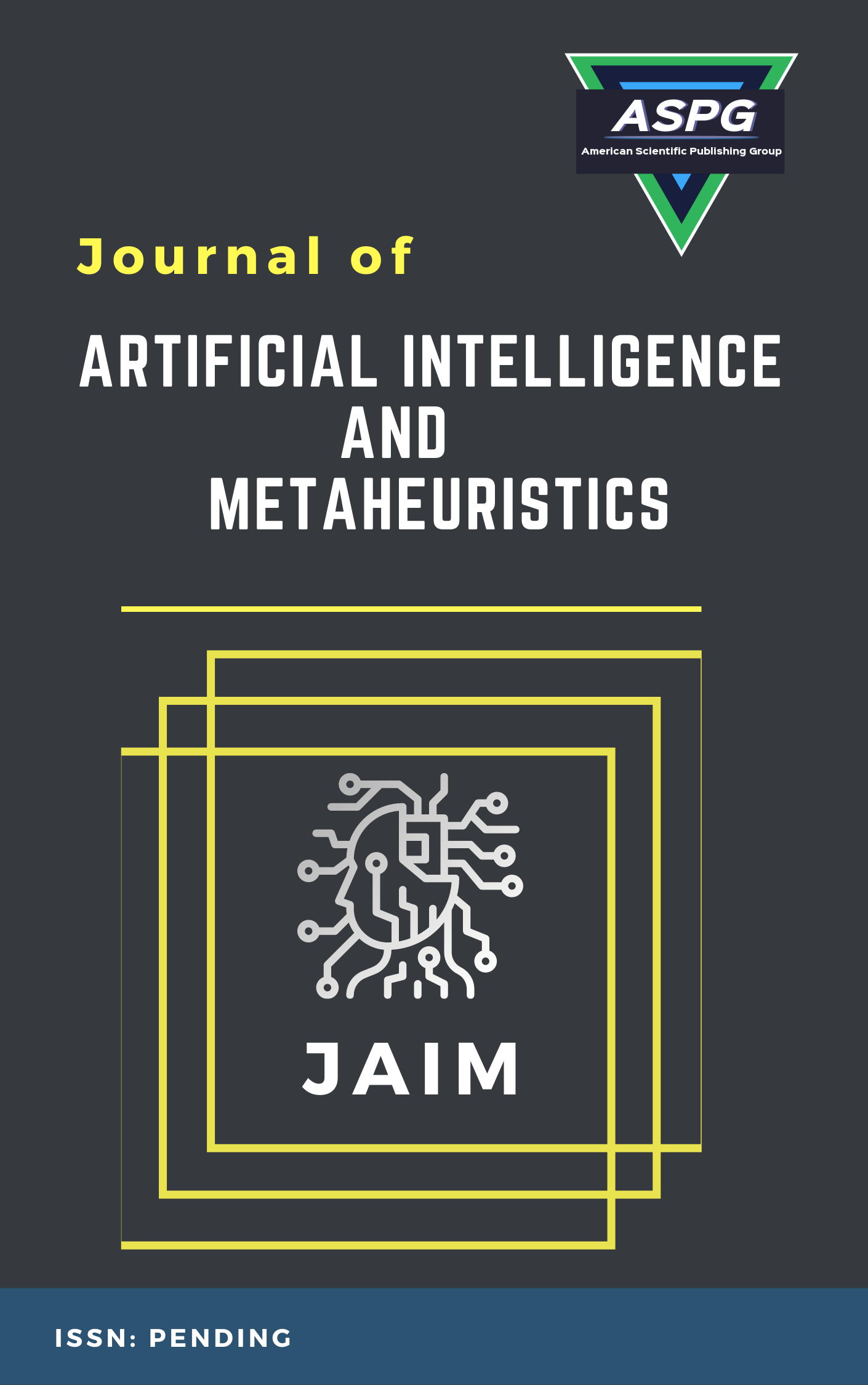

Volume 1 , Issue 1 , PP: 35-44, 2022 | Cite this article as | XML | Html | PDF | Full Length Article
Louloua M. AL-Saedi 1 * , Methaq Talib Gaata 2 , Mostafa Abotaleb 3 , Hussein Alkattan 4
Doi: https://doi.org/10.54216/JAIM.010104
Generally, the process of detecting micro expressions takes significant importance because all these expressions reflect the hidden emotions even when the person tried to conceal them. In this paper, a new approach has been proposed to estimate the percentage of sarcasm based on the detected degree of happiness of facial expression using fuzzy inference system. Five regions in a face (right/left brows, right/left eyes, and mouth) are considered to determine some active distances from the detected outline points of these regions. The membership functions in the proposed fuzzy inference system are used as a first step to determine the degree of happiness expression based mainly on the computed distances and then another membership function is used to estimate the percentage of sarcasm according the outcomes of the membership functions in the first step. The proposed approach is validated using some face images which are collected from the SMIC, SAMM, and CAS(ME)2 standard datasets.
Facial Expression Recognition , Happiness Degree , Sarcasm Percentage , Fuzzy Inference system. , , ,
[1] B. Yang, J. Cao, R. Ni, and Y. Zhang, "Facial expression recognition using weighted mixture deep neural network based on double-channel facial images," IEEE Access, vol. 6, pp. 4630-4640, 2017.
[2] S. Lyubomirsky, L. King, and E. Diener, "The benefits of frequent positive affect: Does happiness lead to success?," Psychological bulletin, vol. 131, p. 803, 2005.
[3] R. J. North, A. V. Pai, J. G. Hixon, and C. J. Holahan, "Finding happiness in negative emotions: An experimental test of a novel expressive writing paradigm," The Journal of Positive Psychology, vol. 6, pp. 192-203, 2011.
[4] J. M. Bennett, The SAGE encyclopedia of intercultural competence: Sage Publications, 2015.
[5] S. Li and W. Deng, "Reliable crowdsourcing and deep locality-preserving learning for unconstrained facial expression recognition," IEEE Transactions on Image Processing, vol. 28, pp. 356-370, 2018.
[6] D. K. Jain, P. Shamsolmoali, and P. Sehdev, "Extended deep neural network for facial emotion recognition," Pattern Recognition Letters, vol. 120, pp. 69-74, 2019.
[7] A. Dhall, R. Goecke, J. Joshi, K. Sikka, and T. Gedeon, "Emotion recognition in the wild challenge 2014: Baseline, data and protocol," in Proceedings of the 16th international conference on multimodal interaction, 2014, pp. 461-466.
[8] J. Schmidhuber, "Deep learning in neural networks: An overview," Neural networks, vol. 61, pp. 85-117, 2015.
[9] X. Zhao, X. Shi, and S. Zhang, "Facial expression recognition via deep learning," IETE technical review, vol. 32, pp. 347-355, 2015.
[10] H. Boughrara, M. Chtourou, C. B. Amar, and L. Chen, "Facial expression recognition based on a mlp neural network using constructive training algorithm," Multimedia Tools and Applications, vol. 75, pp. 709-731, 2016.
[11] Z. Yu and C. Zhang, "Image based static facial expression recognition with multiple deep network learning," in Proceedings of the 2015 ACM on international conference on multimodal interaction, 2015, pp. 435-442.
[12] B.-K. Kim, J. Roh, S.-Y. Dong, and S.-Y. Lee, "Hierarchical committee of deep convolutional neural networks for robust facial expression recognition," Journal on Multimodal User Interfaces, vol. 10, pp. 173-189, 2016.
[13] S. M. Mavadati, M. H. Mahoor, K. Bartlett, P. Trinh, and J. F. Cohn, "Disfa: A spontaneous facial action intensity database," IEEE Transactions on Affective Computing, vol. 4, pp. 151-160, 2013.
[14] H. Kobayashi and F. Hara, "Facial interaction between animated 3D face robot and human beings," in 1997 IEEE International Conference on Systems, Man, and Cybernetics. Computational Cybernetics and Simulation, 1997, pp. 3732-3737.
[15] L. Zhong, Q. Liu, P. Yang, J. Huang, and D. N. Metaxas, "Learning multiscale active facial patches for expression analysis," IEEE transactions on cybernetics, vol. 45, pp. 1499-1510, 2014.
[16] W. Zhang, Y. Zhang, L. Ma, J. Guan, and S. Gong, "Multimodal learning for facial expression recognition," Pattern Recognition, vol. 48, pp. 3191-3202, 2015.
[17] M. Hao, G. Liu, A. Gokhale, Y. Xu, and R. Chen, "Detecting happiness using hyperspectral imaging technology," Computational intelligence and neuroscience, vol. 2019, 2019.
[18] S. Attardo, J. Eisterhold, J. Hay, and I. Poggi, "Multimodal markers of irony and sarcasm," Humor, vol. 16, pp. 243-260, 2003.
[19] J. Haiman, Talk is cheap: Sarcasm, alienation, and the evolution of language: Oxford University Press on Demand, 1998.
[20] J. T. Hancock, "LOL: Humor online," interactions, vol. 11, pp. 57-58, 2004.
[21] S. Sumathi and S. Paneerselvam, Computational intelligence paradigms: theory & applications using MATLAB: CRC Press, 2010.
[22] S. K. Salih, S. Aljunid, S. M. Aljunid, and O. Maskon, "New Approach for Diagnosing Left Ventricular Hypertrophy Cardiac Disease Using Fuzzy Inference System," Journal of Medical Imaging and Health Informatics, vol. 4, pp. 848-857, 2014.
[23] Dr.Bassam Dheyaa / Specialist psychiatrist Rashid hospital
baadheyaa@dha.gov.ae
[24] Dr. Madhea Nsaif Raheem /Etiquete psychology /Baghdad university
Taghreed898@gmail.com